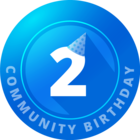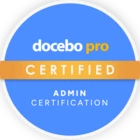I have been tasked with coming up with a consistent format for course codes. This post in Tips and Tricks has some great ideas! One I will definitely adopt is identifying retired courses.
There is so much you can do here and my instinct is to start with “why”. Why have a course code? What are the use cases?
I am looking to the community to help me out. What are you using course codes for? Reporting? Data-driven decisions? Content management? What business questions are you answering? What decisions are you driving?








